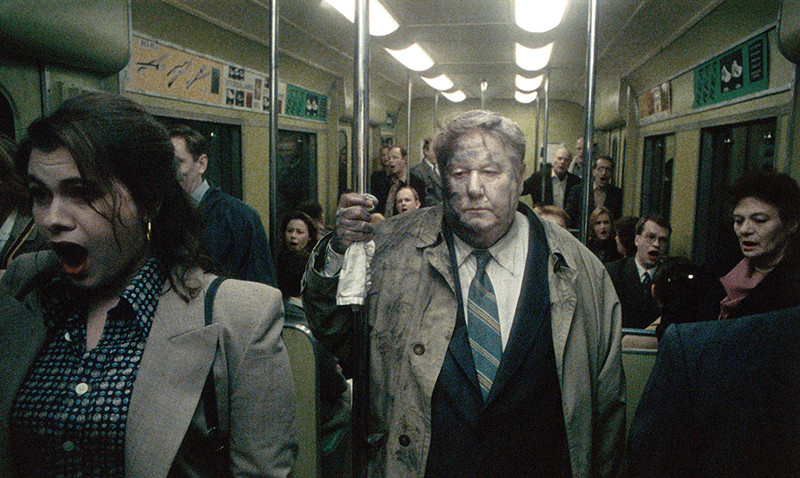
Most of the greatest things in life involve great challenges, and this also applies to some films. Though there are many films that are great precisely because the clearness they have and the sense of lightness that one has when seeing it, there are others that are different.
There are films that, in order to create a moving experience, need to become extremely hard to watch. These films present challenges to its viewers, and reward them with unique experiences that involve a perspective that is unique to the film. Here is a list of 10 great films that are extremely hard to watch.
1. Colossal Youth
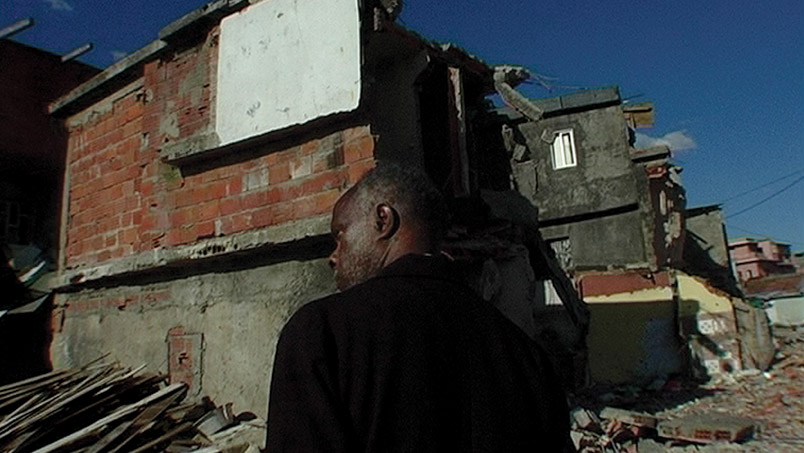
The third film in Pedro Costa’s Fontainhas Trilogy was released in 2006, continuing with the docu-fictional style that Costa had been developing through the trilogy. There are many aspects that make “Colossal Youth” (and the rest of the films in the trilogy) so hard to watch, but there are aspects that sum up all of them; the film breaks with the production schemes and narrative conventions to which we are accustomed as viewers. This implies that “Colossal Youth” is a consciously difficult film, that by being so hard to see, it makes a statement about the world and film.
One of the most important aspect of Costa’s style is that he made this film almost without a crew, only him, the camera and the characters who instead of being actors are people who actually live in the neighborhood. This implies that “Colossal Youth” is not concerned with fulfilling certain visual standards that we hope to see in any film.
Concerning the narrative, there is not a clear plot or actions that can be followed and understood as a “bigger whole”; instead, there is a constant repetition of conversation with the same characters, and these conversations are staged almost exactly the same each time.
This kind of narrative is indeed hard to see for the two and a half hours of the film, but it’s precisely to convey the desolation of the characters that these stylistic decisions were made, making a film as hard to see as it is unique.
2. 24 Frames
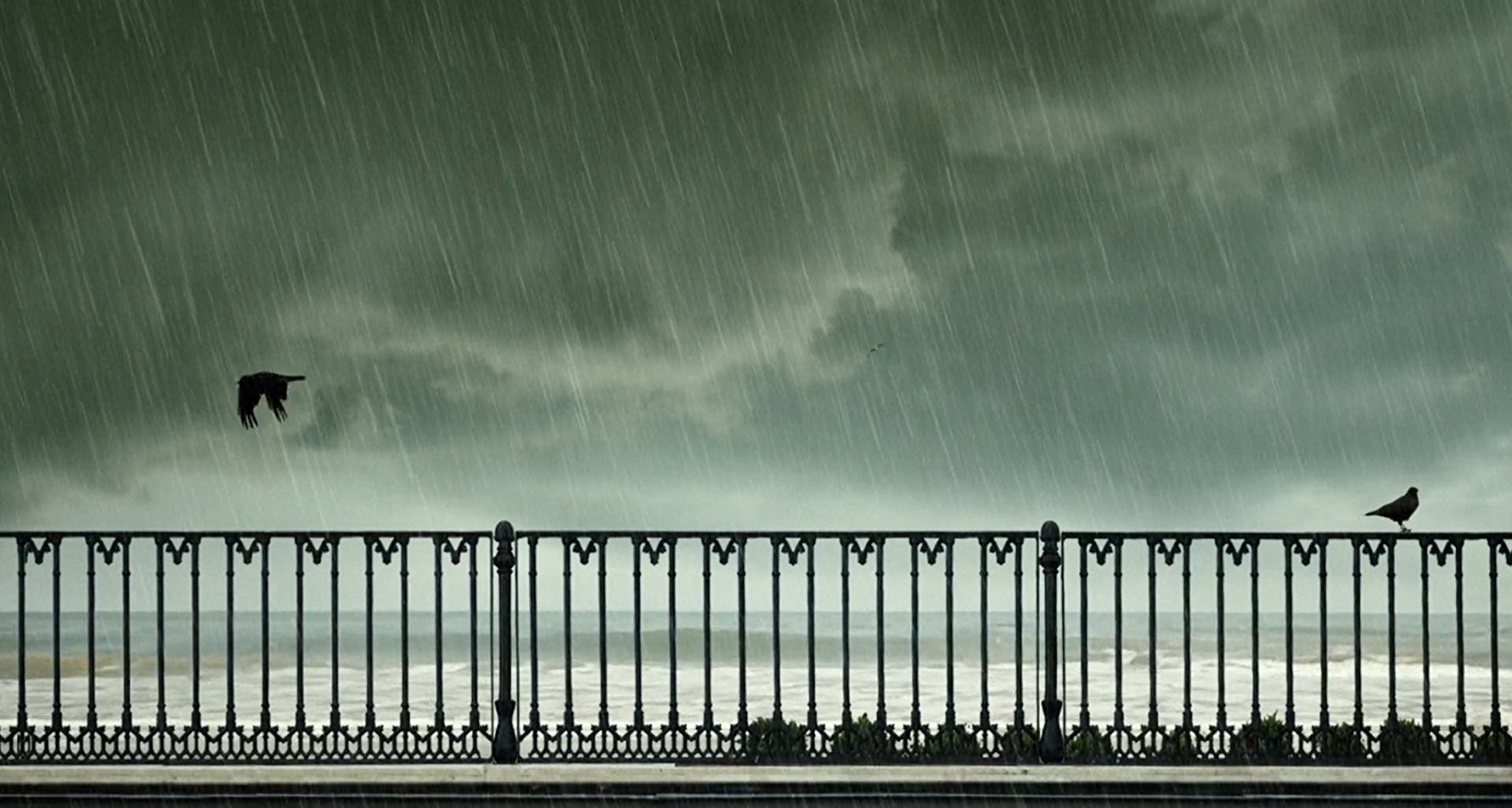
Great art always involves a new and hidden perspective of reality, and thus it sometimes involves a challenge for the viewer who sees their own perspective in tension with what the work proposes.
The last film by Abbas Kiarostami (released after his death) is one of the greatest examples of how cinema can alter the way we see reality and present it in a complete new way. This project involves 24 long takes that together make the film, without a clear thread between them, aside from the stylistic way in which they are presented.
It is a unique film that breaks with what cinema is considered to be; there are no characters or actions, just the act of looking at reality for the time that Kiarostami proposes. It defies our expectations as viewers and thus presents us with the challenge of a new perspective in tension with the traditional way in which we see films and reality.
The title in itself is a statement on the perspective that the film proposes: traditionally a second in a film is composed of 24 frames, but in this film, the “24 frames” stand for a whole film. It is as if Kiarostami is trying to expand an instance through film form to change the way in which we look at it.
3. Songs from the Second Floor
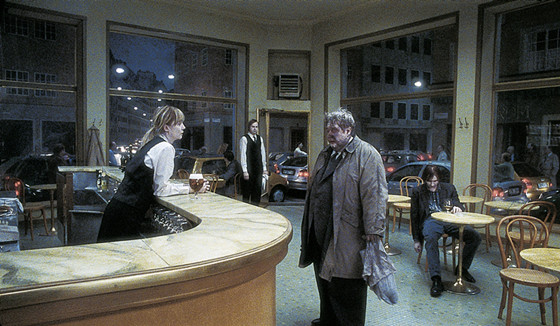
Released in 2000, “Songs from the Second Floor” was the first film of a thematic trilogy consisting of “You, the Living” (2007) and “A Pigeon Sat on a Branch Reflecting on Existence” (2014), written and directed by Swedish filmmaker Roy Andersson.
These films started an exploration of modern life through a deeply personal and unique style that (as all of the films in the list) involves a narrative that stretches far away from the conventional narrative to which we are accustomed. The film does not have a main character, and instead is composed of several episodes into the lives of characters that sometimes we only see once.
But the film is not hard just because it has an episodic narrative linked by a thematic thread instead of a dramatic one. What makes the film so powerful and different from other films is its mise en scene and the camera work.
Traditionally, a film fragments the actions within a scene, and involves a dynamic relationship between characters, but this is different in “Songs from the Second Floor.” In this film, the scenes are seen strictly from a fixed point of view for each scene, with no montage within scenes. This does not mean in any way that there is no montage in Andersson’s film; on the contrary, there is a montage on the space and the way it is presented, but it is one we are not used to and thus it implies a constant challenge as a viewer.
4. Satantango
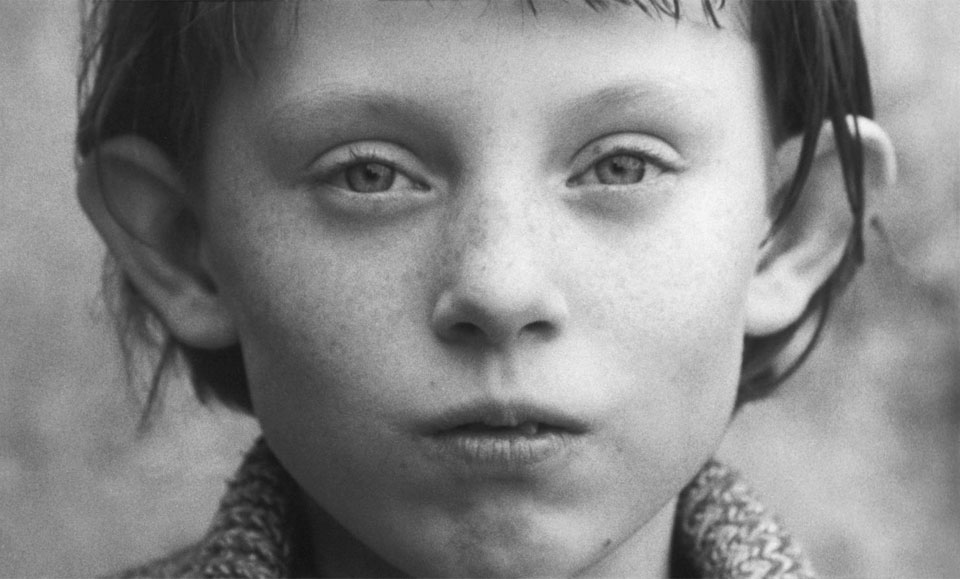
Released in 1994, “Satantango” is the longest film by Hungarian filmmaker Béla Tarr. It is based on the novel written by László Krasznahorkai, and it has a duration of an outstanding seven and half hours.
The film displays several events around a communist farm, and the arrival of an old farmer thought to be dead. The film deals on the traditional thematic motives of Tarr, involving desolation and decay, making it a film not only hard for the duration but also for the constant pessimism that is presented to us.
Even though Tarr has argued that “The Turin Horse” (2014) is the stylistic culmination of his groundbreaking work, it is indeed “Satantango” with its duration that is the most challenging of his films.
It is not only the seven and a half hours that represent the challenge for the viewers, it is the way in which Tarr presents reality. His deep pessimism involves displaying things to their “last consequences.” Tarr is not concerned with being “boring” or “slow”: he is concerned with displaying the reality with all of his decay, which can be seen in each of his frames, making together a moving but hard experience.
5. Paris Belongs to Us
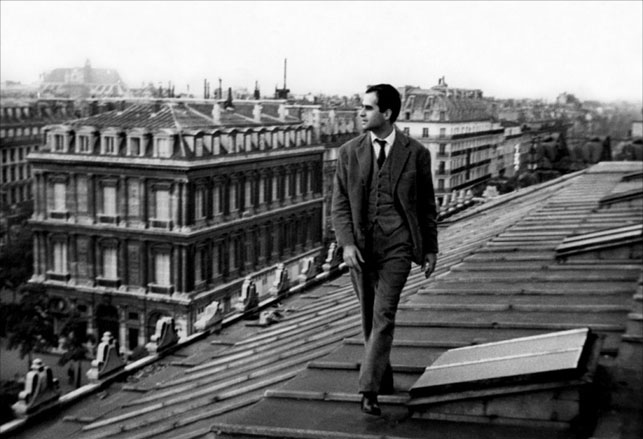
Released in 1961, “Paris Belongs to Us” was the first film of the man who in some way was the intellectual leader of les enfants terrible of the French New Wave, at least on their editorial facet: Jacques Rivette.
The film displays two central things of the stylistic threads of the French New Wave: the independent production schemes and the subversion of narrative conventions. The plot of the film revolves around a foreign woman in Paris, who relates with other foreigners and intellectuals while she tries to figure out what she believes is a secret conspiracy between a series of suicides.
That the film is produced under an independent scheme implies several characteristics, in this case the most important is that Rivette had almost complete artistic freedom, and that it was made without the pressure of becoming a commercial success and thus did not care about pleasing the viewer.
Through the film, the expectative of a revelation that helps the viewer make sense of the anecdote is built and also neglected. The film becomes more mysterious and never gives a conclusion to satisfy the viewer; this is done consistently with the thematic interest of the film, the nature of truth. The narrative neglection of a conclusion makes for a deeply interesting film, but also a challenging experience for any viewer.